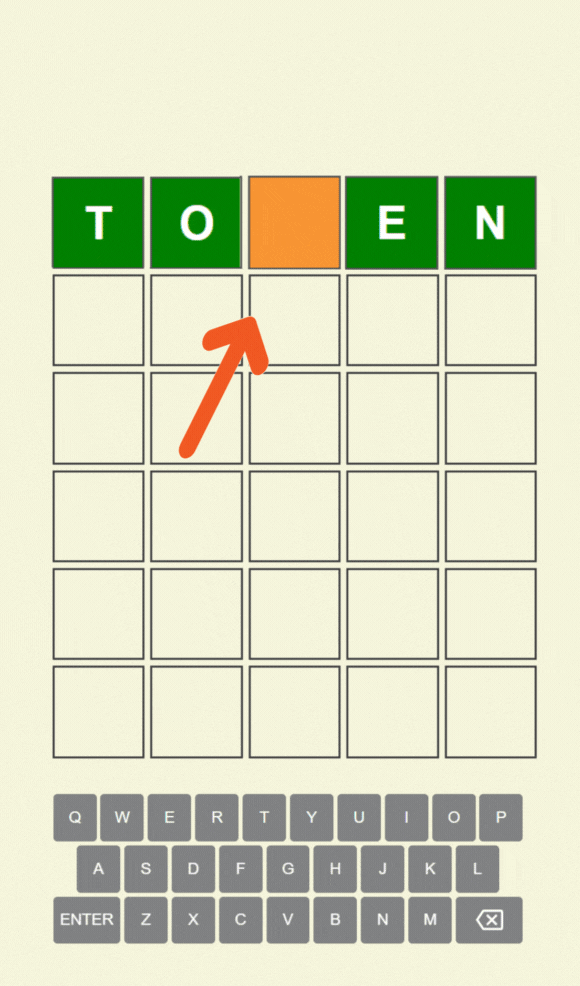The emergence of a fake resignation letter purportedly from Federal Reserve Chair Powell has stirred significant turmoil in financial markets. Utilizing artificial intelligence, this document circulated widely, causing Bitcoin  $121,837 prices to unexpectedly surge to $120,000. The letter’s intricate details, especially its seal, hint at AI generation, as these tools struggle to produce realistic designs for logos and brands. This scenario represents a cleverly orchestrated scene in a broader game, as former President Donald Trump appears eager to see Powell’s departure, unwilling to wait eight more months. But what lies ahead?
$121,837 prices to unexpectedly surge to $120,000. The letter’s intricate details, especially its seal, hint at AI generation, as these tools struggle to produce realistic designs for logos and brands. This scenario represents a cleverly orchestrated scene in a broader game, as former President Donald Trump appears eager to see Powell’s departure, unwilling to wait eight more months. But what lies ahead?
AI-Generated Resignation Letter
The AI-crafted letter showcases confusing details, where letters transform into complex, unrecognizable forms. Such AI-generated visuals, often detached from reality, highlight their limitations in mimicking real-world documents. This discrepancy offers a chance to scrutinize the capabilities and potential consequences of AI’s expanding influence in various domains.

The image above clearly illustrates the letter’s imperfections. The seemingly random characters contribute to doubts about its authenticity. This situation emphasizes the growing challenge of distinguishing between real and AI-generated content in today’s digital world.
Will Powell Resign?
Imagine being in Powell’s shoes, facing weekly rumors about one’s resignation, endorsed by influential figures. Subsequent allegations during Fed building renovations, narrated by Representative Luna, even reached the point of a DOJ inquiry request. This scenario underscores the mounting pressure and scrutiny faced by individuals in high-stakes positions.
Concurrently, Powell confronts relentless criticism from Trump, who frequently labels him “inept” amid ongoing demands for interest rate cuts. The current president’s vocal discontent signifies potential tensions affecting the nation’s financial direction despite macroeconomic indicators suggesting otherwise.
Allegations of corruption during renovation projects further complicate Powell’s tenure. Secret meetings discussing potential dismissals suggest a tumultuous political atmosphere. Within just a month, Powell encounters mounting challenges, illuminating the complexities inherent to leadership roles at such levels.
Trump’s dissatisfaction with stagnant interest rates exacerbates existing economic challenges. With upcoming tariffs posing additional threats, prospects for rate cuts in September remain unlikely. This dynamic illustrates the intertwined political and economic factors influencing national policies.
Ultimately, Trump’s desire for Powell’s removal becomes apparent. However, publicly stating otherwise mirrors past unpredictability in Trump’s decisions. Facing such uncertainty, Powell’s options narrow: resign voluntarily, face dismissal, or coexist with economic strains until the 2026 midterm elections.


 Türkçe
Türkçe Español
Español








